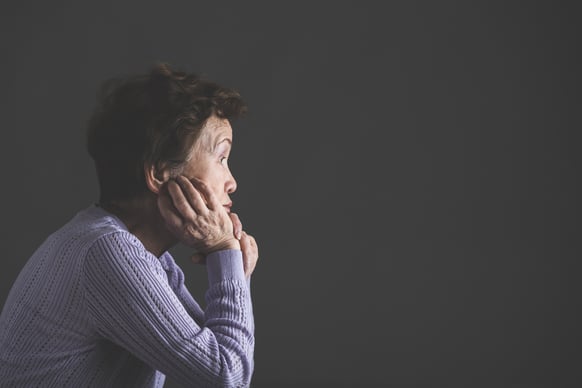
Featured Jobs
- Registered Nurse, Cardiovascular Nursing- Memorial Health System- Decatur, IL
- Director of the Division of Extramural Science Programs- National Institutes of Health- Bethesda, MD
- Full Time Nursing Instructor- Med Surg- Galen College of Nursing- Hazard, KY
- Nurse Manager- Inpatient Ortho- The MetroHealth System- Cleveland, OH
- Director of Perioperative Services- Trinity Health of New England- Springfield, MA
- New Grad- Registered Nurse- University Hospitals- Ravenna, OH
- RN- Urology- Summa Health Systems- Akron, OH
- Clinical Nurse- Loma Linda University Health- CA
- Clinical Nurse Manager- Liver Transplant- UCLA HEALTH- Los Angeles, CA
- Nursing Supervisor- ICU- HonorHealth- Scottsdale, AZ


For the last year, health experts have pleaded for better data to shed light on disproportionate rates of COVID-19 cases, hospitalizations and deaths among communities of color.
Since the rollout of COVID-19 vaccines, health care organizations like the American Medical Association (AMA), American Nurses Association (ANA) and the American Pharmacists Association (APhA) have been asking for more race and ethnicity vaccine data.
This important data is missing for half of coronavirus vaccine recipients. According to the CDC, the data from 52,614,231 people fully vaccinated, Race/Ethnicity was available for 28,234,374 (53.7%).
This data is imperative in ensuring an equitable response to a pandemic that continues to disproportionately affect these vulnerable populations.
“Race and ethnicity data provides critical information to clinicians, health care organizations, public health agencies and policymakers, allowing them to equitably allocate resources across all communities, evaluate health outcomes and improve quality of care and delivery of public health services,” says the open letter, sent by the AMA, APhA and the ANA.
Continue Article...


Age discrimination involves treating an applicant or employee less favorably because of his or her age, defined by the U.S. Equal Employment Opportunity Commission (EEOC).
The Age Discrimination in Employment Act (ADEA) forbids age discrimination against people who are age 40 or older.
Ageism in the Workplace
According to a 2018 AARP survey, about 3 in 5 older workers have seen or experienced age discrimination in the workplace. Also 76% of these older workers see age discrimination as a hurdle to finding a new job.
A diverse workplace is fundamental in providing the best patient care possible. But age is usually left out of an organization's Diversity, Equity and Inclusion (DEI) strategy.
Patients feel more comfortable talking with a Nurse who understands and can relate to them and their issues. Nurses who understand what ageing patients are going through can provide better care.
Some Nurses over the age of 40 experience ageism from employers, fellow staff members, and even patients. Examples of this type of ageism include...
Continue Reading
